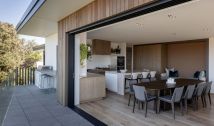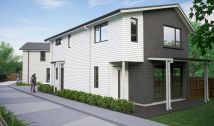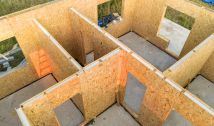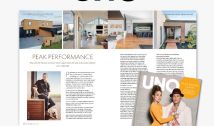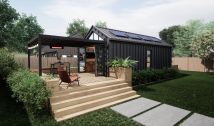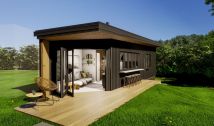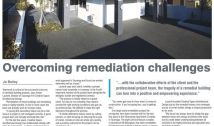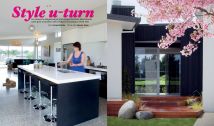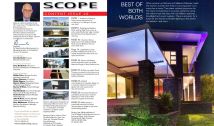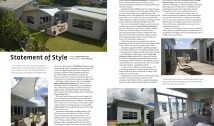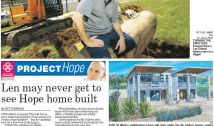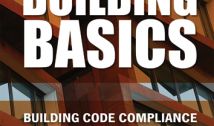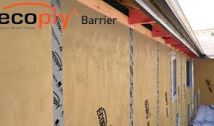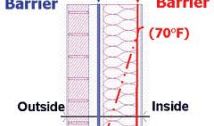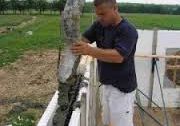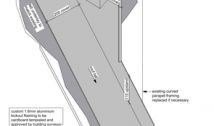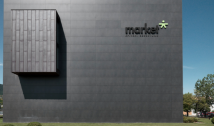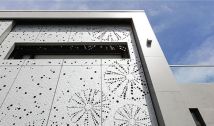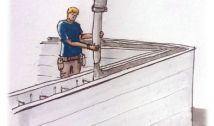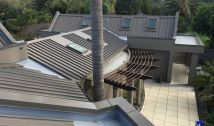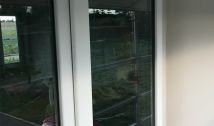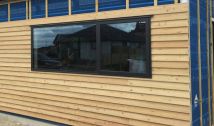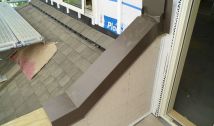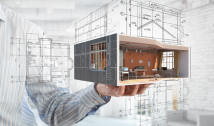Rigid vs Flexible Air Barrier Systems
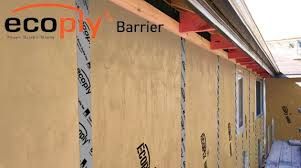
Rigid vs Flexible Air Barrier Systems
The first layer of protection is the seal around your home, then you’ve got your cavity system and then you’ve got the deflection layer. The seal around your home is the Air Barrier System which is critical. To help you understand this better, it probably helps if you have a basic understanding as to the nature of water and some building science.
Liquid water and water vapour naturally wants to travel from a high pressure (weather outside your home) to a low pressure (the atmosphere inside your home). It will travel from cold to warm, and it will travel from wet to dry. So there are many factors about our homes that simply want to draw water in.
The only thing stopping moisture getting into your home is the air seal layer creating a true pressure balanced air cavity just behind the cladding. As the pressure, temperature and relative humidity in the pressure balanced cavity are equal to the pressure, temperature and relative humidity outside of the cavity, there is little opportunity for the movement of liquid water or water vapour.
Traditionally we have flexible building wraps to form the majority of the air seal layer ie. a Flexible Air Barrier System. The problem with this is the durability issues associated with such thin, flimsy and flexible wraps. If there is an accidental tear in the air seal or should some of the adhesive tapes release, then later on if there is a leak anywhere near that tear the water will be drawn into the home. If there is no tear in the air seal, the leak (or liquid water) will simply be drawn by gravity to the bottom of the cavity and drain out as it should, before residual water dries through ventilation.
By comparison a Rigid Air Barrier System, created using 9mm plywood (or similar), is an extremely robost and more reliable form of air barrier for VERY little cost. Unfortunately a lot of the guys on site don’t understand the importance of the air seal. With a ply barrier in place there is a very low/no risk of accidental damage during construction - from shifting materials or the close proximity of tool belts. Considering the critical nature of the air barrier system for the long-term protection of your home, the minimal cost of $3-$5,000 (for a standard home) is a well worthwhile investment.
80% of the performance of your home is reliant on the air seal. If you were going to upgrade an area, this is the place to do it. Plus you get the added benefits of improved insulation, sound proofing, strengthening and extra moisture protection.



